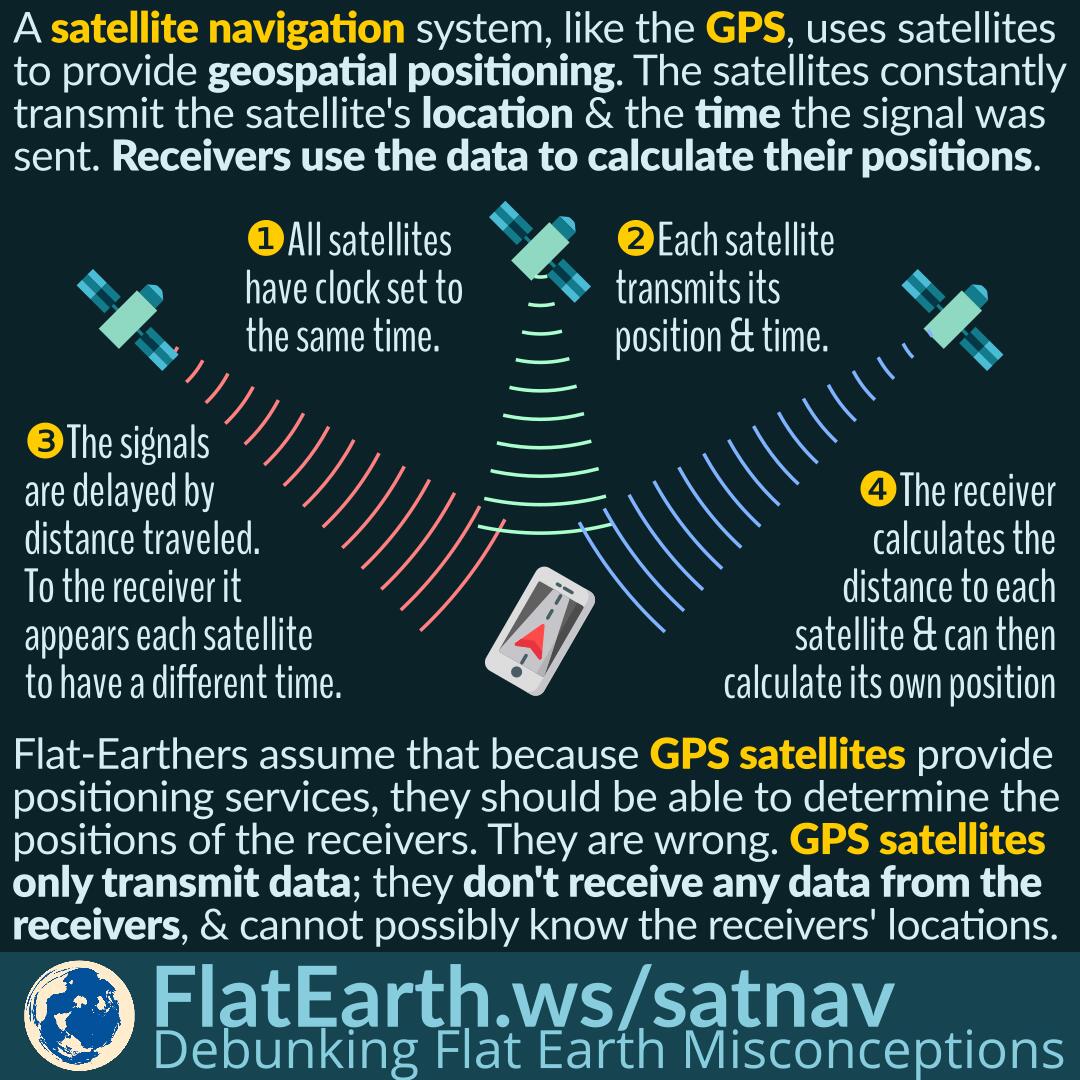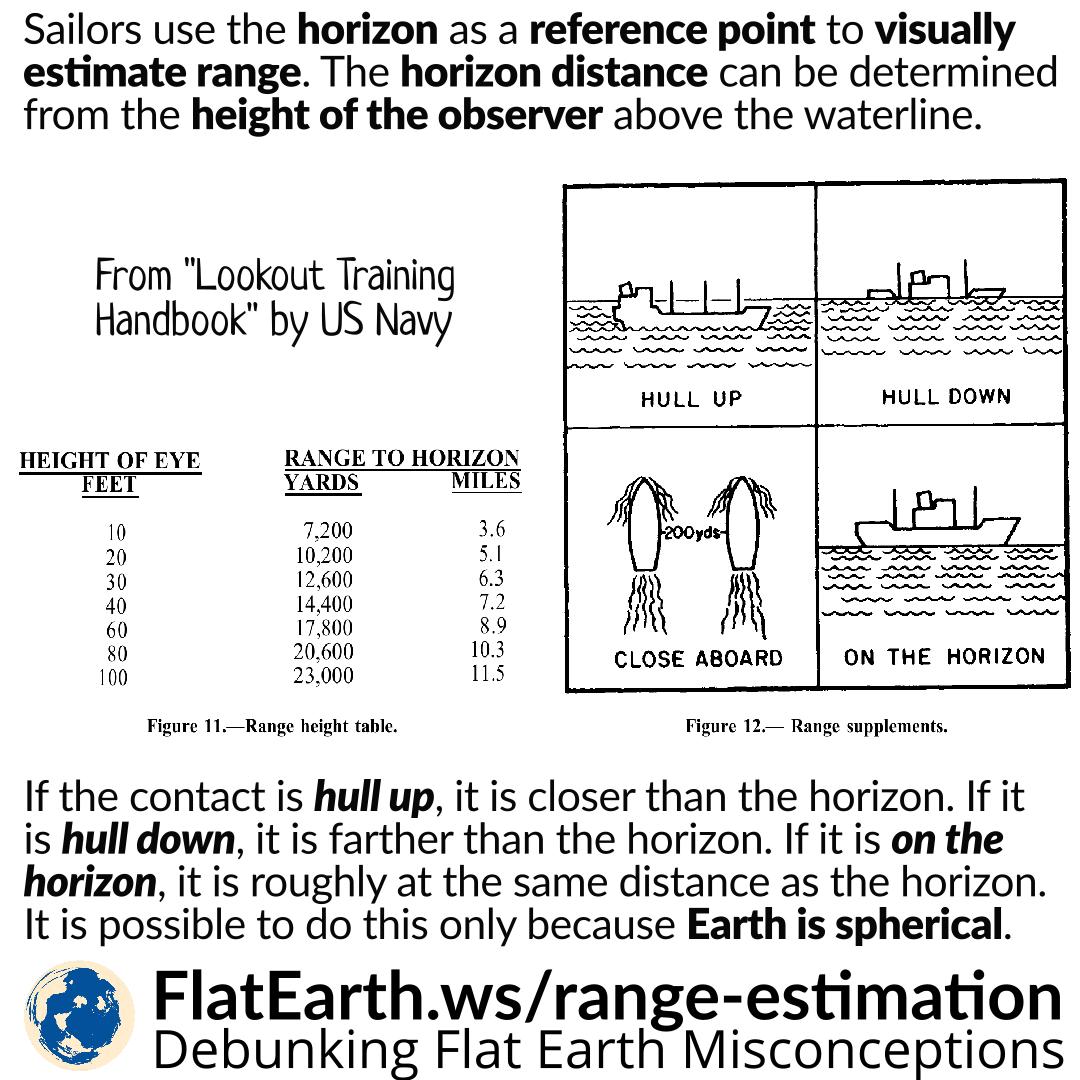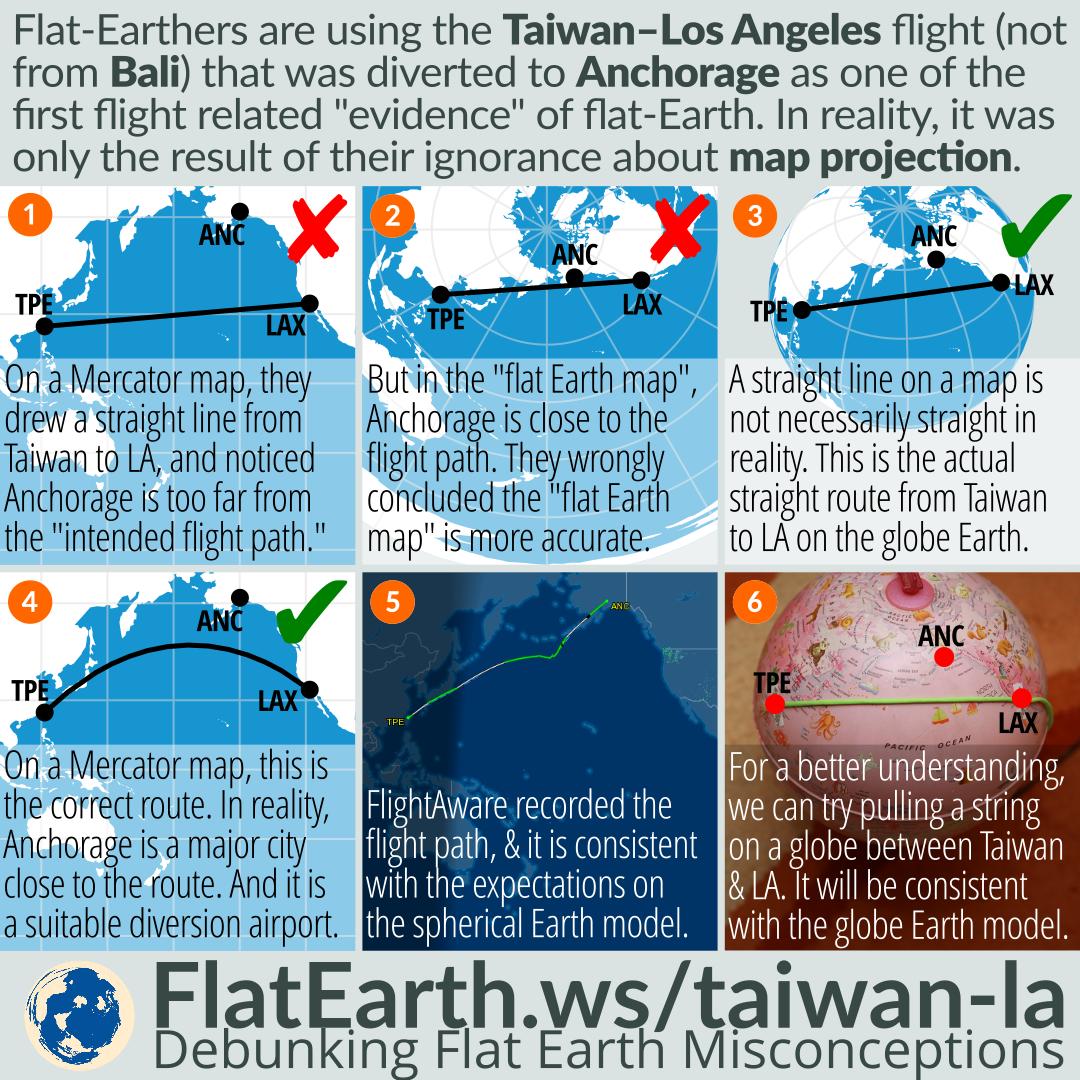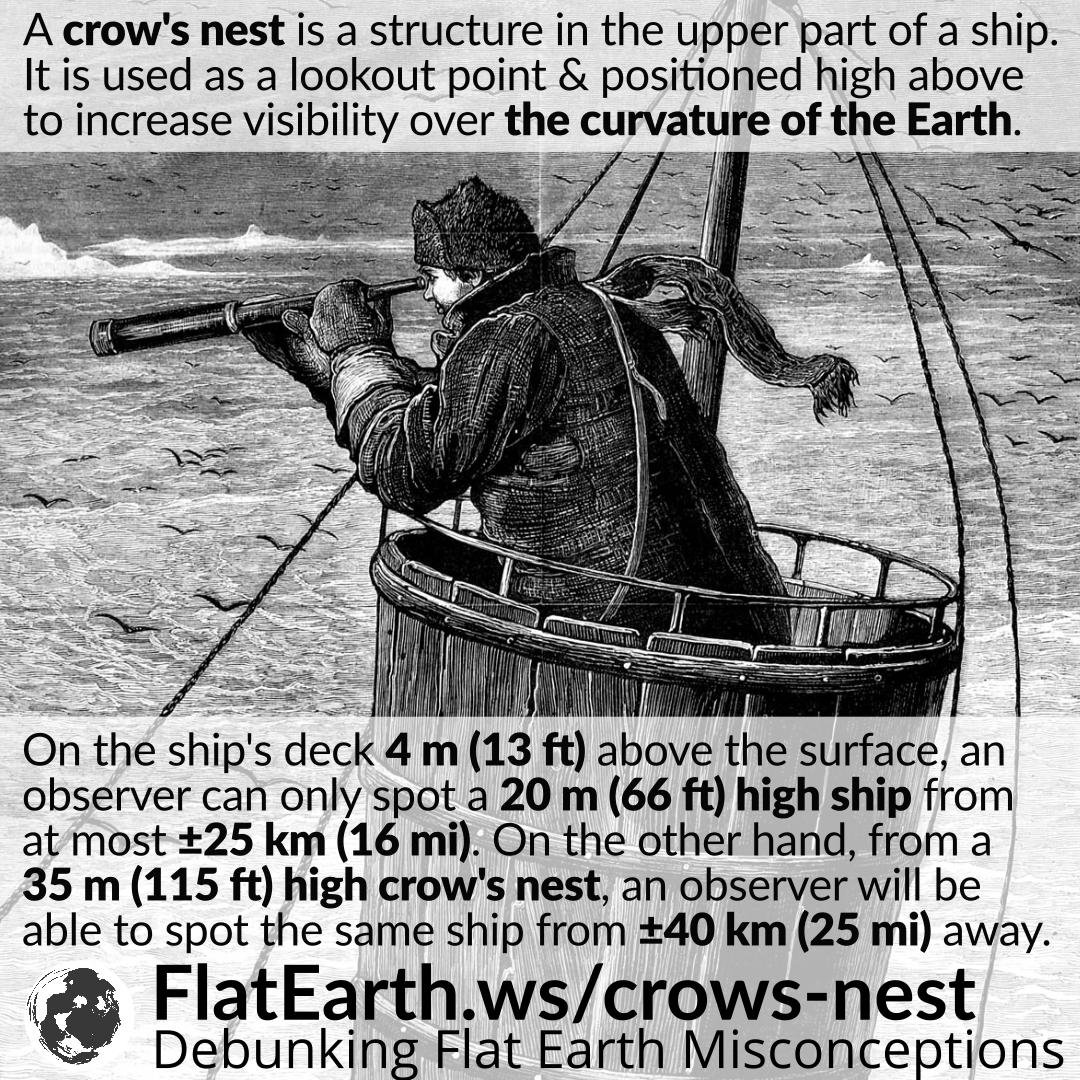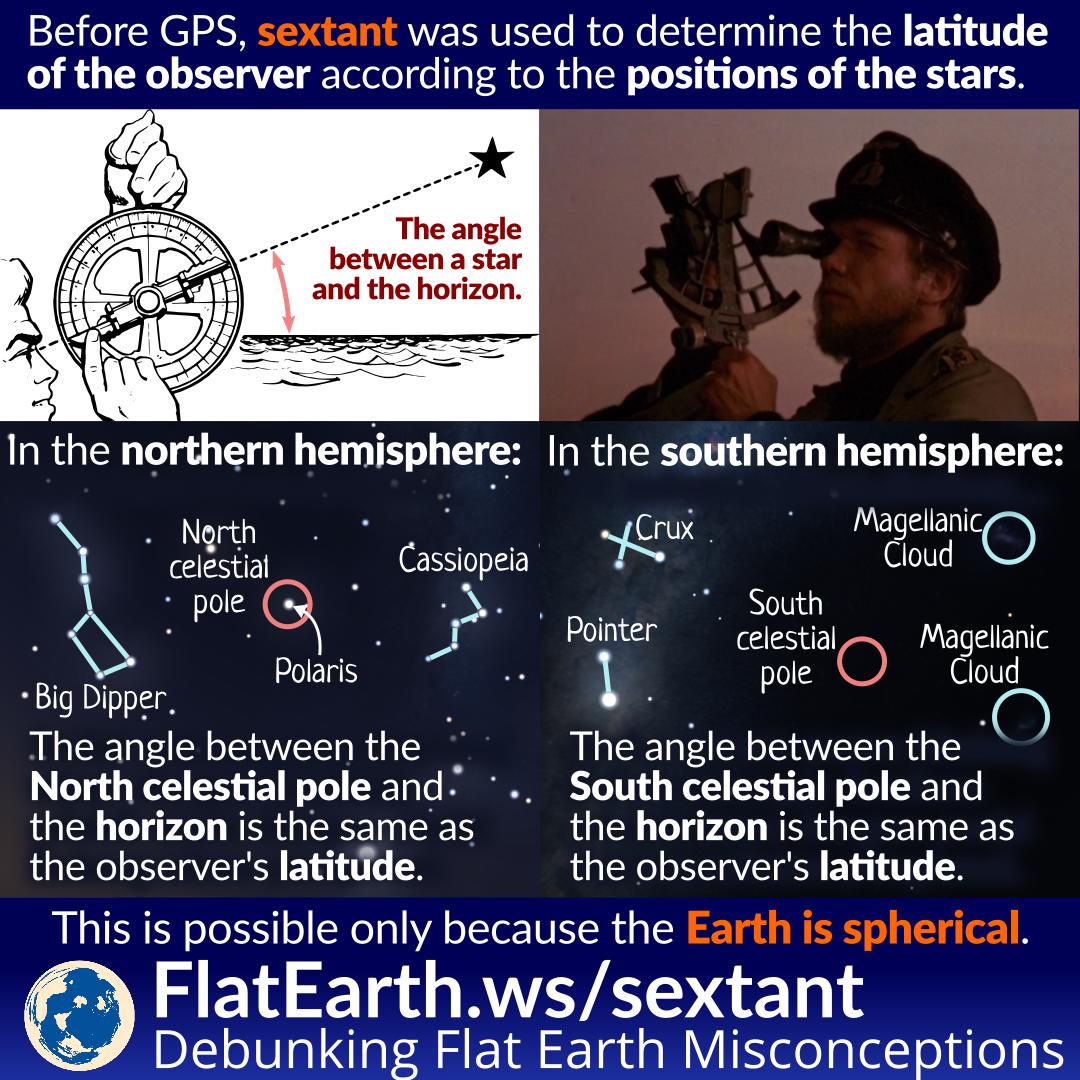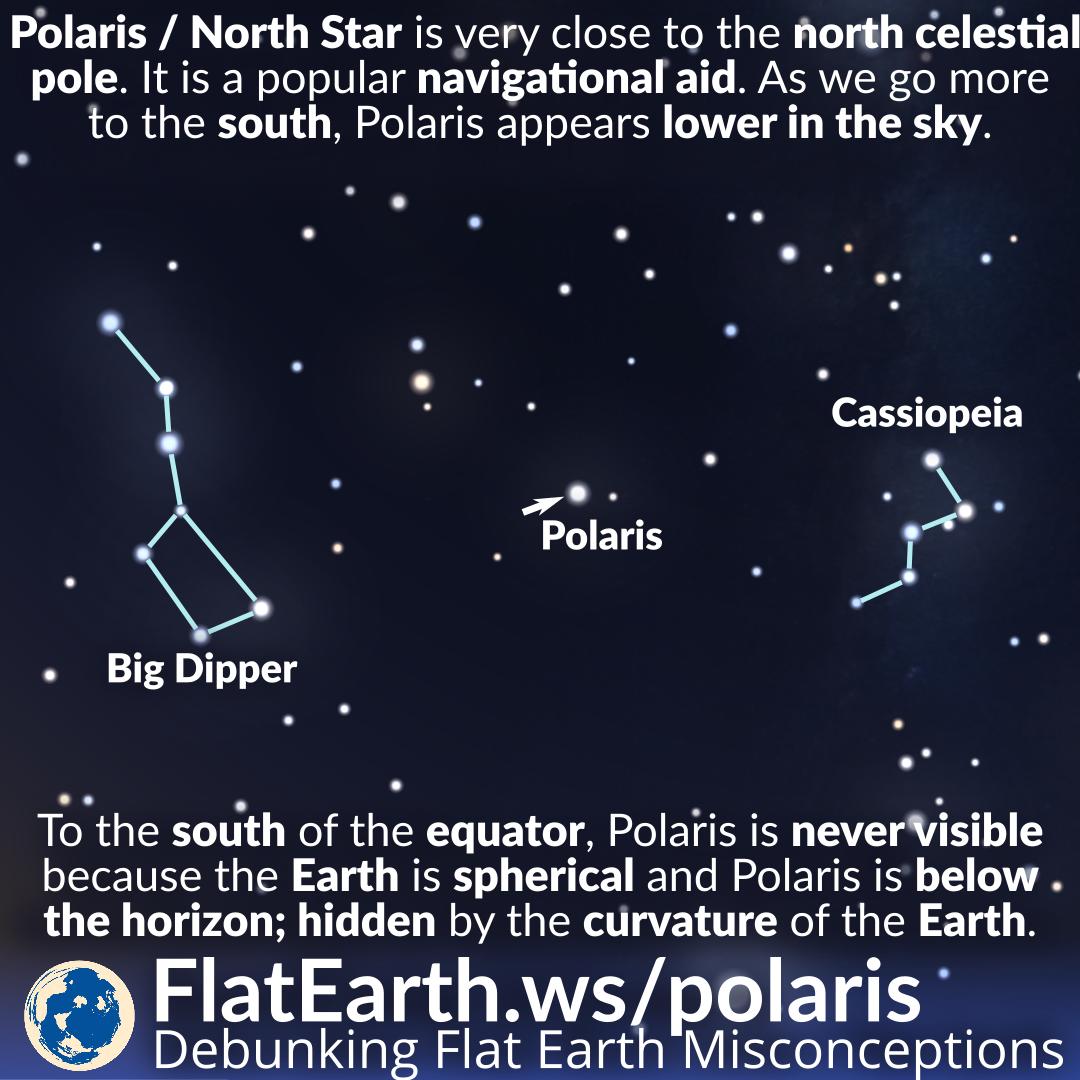A satellite navigation or satnav system is a system that uses satellites to provide autonomous geo-spatial positioning. Several satellites continuously transmit signals containing their positions and the time when the signal was sent. Receiver units listen to the signals and use the information to calculate their positions.
Flat-Earthers assume that if GPS satellites are used to determine positions, then they should be able to pinpoint the position of a receiver. They are wrong. GPS satellites only transmit signals but never receive signals from the receivers. It is impossible for the satellites to determine the position of a receiver.
Continue reading “How GPS and Other Satellite Navigation System Work”


